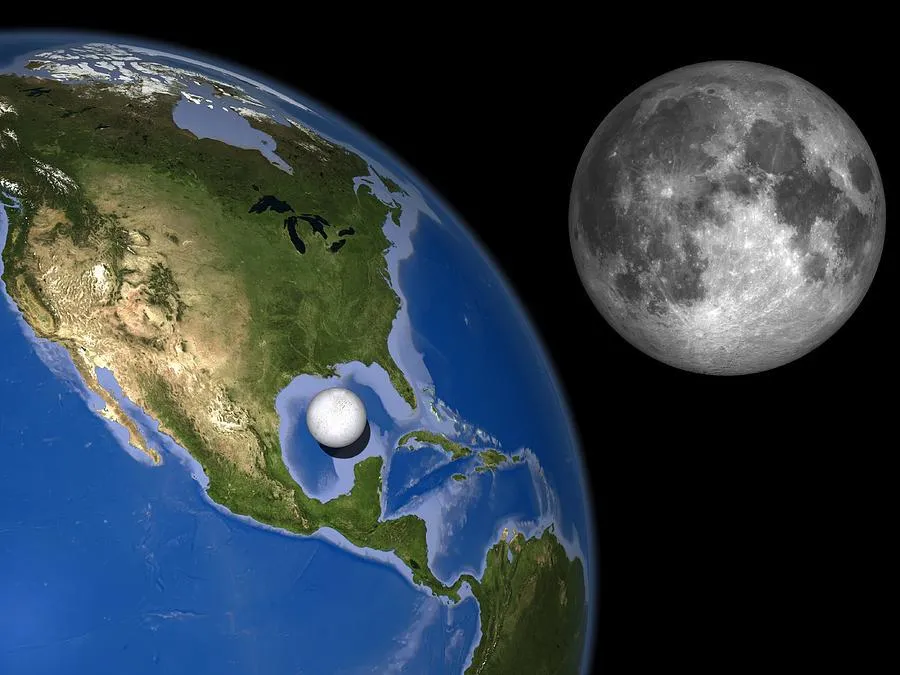Enceladus: Saturn's Icy Moon - A Surprisingly Strong Candidate for Extraterrestrial Life
When we imagine worlds capable of hosting life beyond Earth, we often picture distant exoplanets orbiting Sun-like stars within a "Goldilocks Zone." But sometimes, the most compelling candidates are much closer to home, nestled within our own solar system, in places we might least expect. One such intriguing locale is Enceladus, a diminutive moon of Saturn, which has captivated scientists as one of the solar system's strongest contenders for extraterrestrial life.
Despite its relatively small size – a mere 500 kilometers in diameter – Enceladus possesses characteristics that rival even larger, more seemingly Earth-like bodies.

A Hidden Ocean, Active and Alive
Like Jupiter's famous moon Europa, Enceladus is believed to conceal a global liquid water ocean beneath its thick, icy shell. This isn't just speculation; observations from NASA's Cassini spacecraft provided compelling evidence. Cassini famously detected dramatic plumes of water ice and vapor erupting from the moon's south polar region – a spectacular process known as cryovolcanism. These geysers are direct windows into the subsurface ocean, allowing scientists to sample its composition.
The presence of liquid water is, of course, the first and most crucial ingredient for life as we know it. But Enceladus offers even more.
The Recipe for Habitability: Beyond Surface Conditions
The remarkable potential for habitability on Enceladus stems from several key factors that provide the necessary energy and chemical ingredients:
- Rocky Core Contact: Scientists suspect that Enceladus's global subsurface ocean is in direct contact with a rocky seafloor. This interface is crucial because it allows for the exchange of organic materials and minerals, processes vital for the emergence and sustenance of life. On Earth, similar interactions at hydrothermal vents on the ocean floor support thriving ecosystems.
- Tidal Heating: Despite being far from the Sun, Enceladus receives a powerful internal heat source. The gravitational pull from its giant parent planet, Saturn, generates immense tidal forces within the moon. This constant stretching and squeezing creates friction and geological activity, keeping the interior warm enough to maintain a liquid ocean and drive potential hydrothermal activity. This neatly sidesteps the need for a traditional "Goldilocks Zone" and sunlight for energy.
Why Size Doesn't Always Matter Here
It's natural to wonder why a small moon like Enceladus might be a better candidate for life than, say, a larger planet like Mars. While larger bodies might seem more robust, for Enceladus, its unique setup allows it to bypass some of the challenges larger bodies face. A small body might struggle to retain an atmosphere, but life on Enceladus would exist deep within a protected environment, shielded from harsh space radiation. The internal heating mechanism ensures that warmth and chemical energy are abundant, regardless of its size or distance from the Sun. Its small size, in this context, does not detract from its potential; rather, its specific internal architecture makes it a prime candidate.
The Kind of Life We Might Find
If life does exist within Enceladus's dark, deep ocean, it would likely be profoundly different from surface life on Earth. Without sunlight, photosynthesis wouldn't be possible. Instead, we would expect to find chemosynthetic life forms, similar to the organisms that thrive around hydrothermal vents on Earth's ocean floor. These organisms derive energy from chemical reactions, making them perfectly suited for a lightless, chemically rich environment. Such life would likely be microbial, and adapted to extreme pressure and perpetual darkness, perhaps without eyes or complex sensory organs we associate with surface creatures.
Looking Ahead
Enceladus represents a tantalizing target for future space exploration missions. Its plumes offer a unique opportunity to sample the ocean's chemistry without needing to drill through kilometers of ice. Understanding Enceladus's hidden ocean could revolutionize our understanding of planetary habitability and the astonishing diversity of life that might exist beyond our pale blue dot. It reminds us that the universe is full of surprises, and the search for life often leads us to the most unexpected corners.




